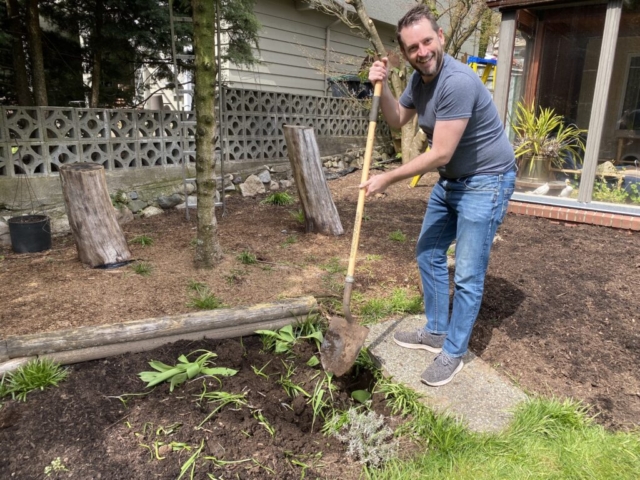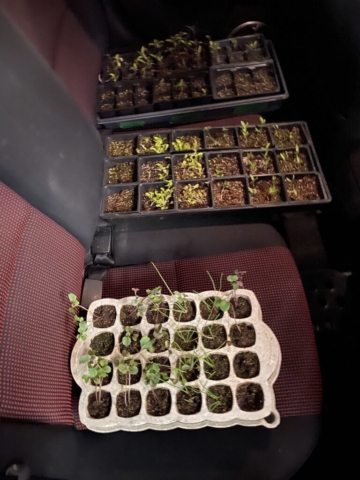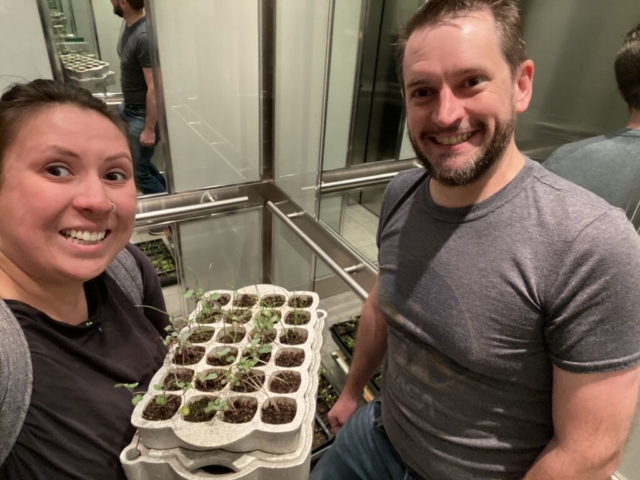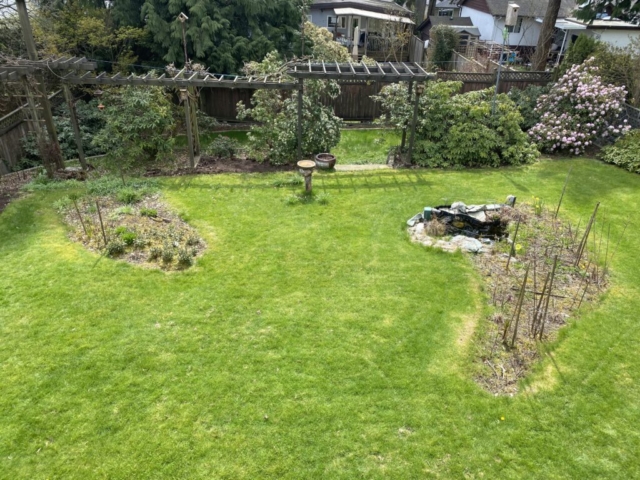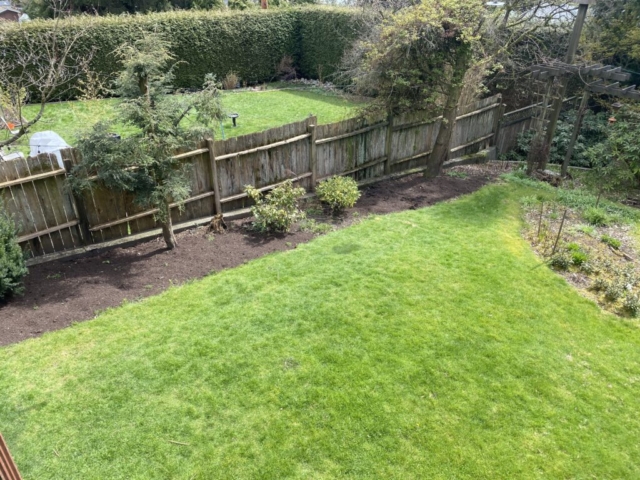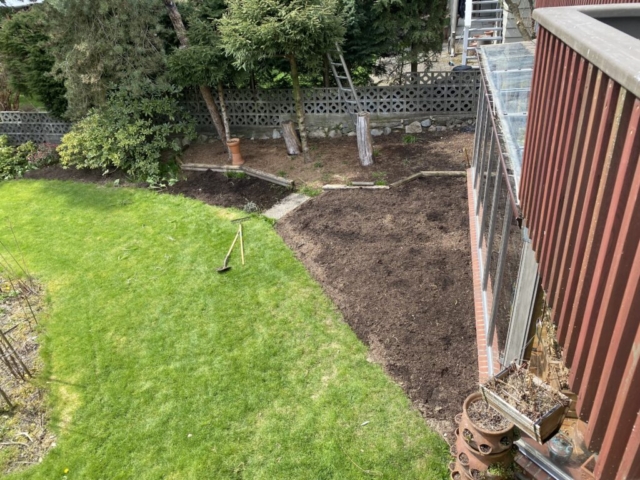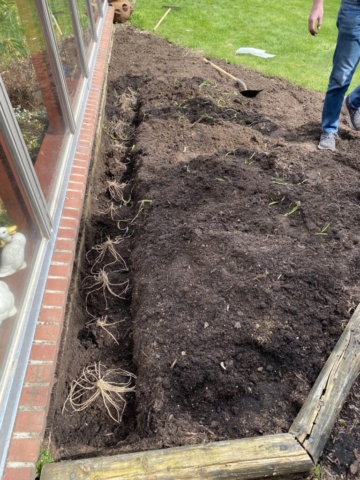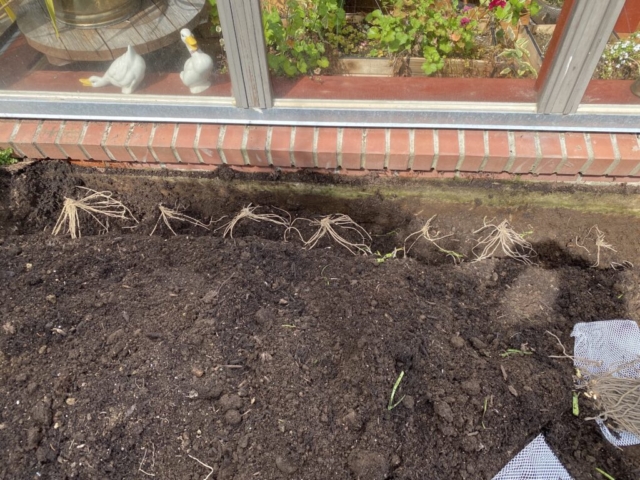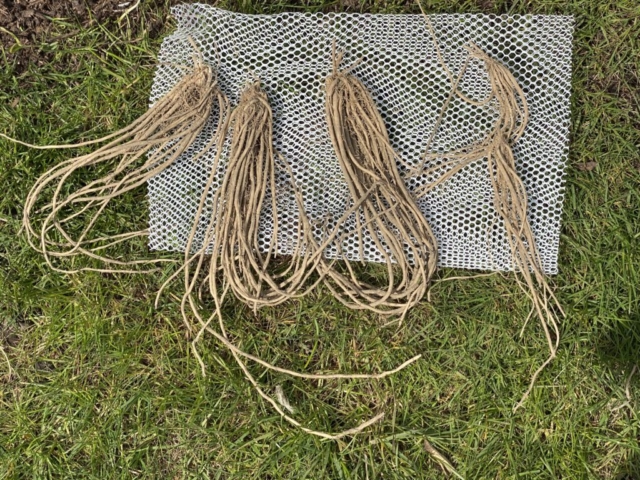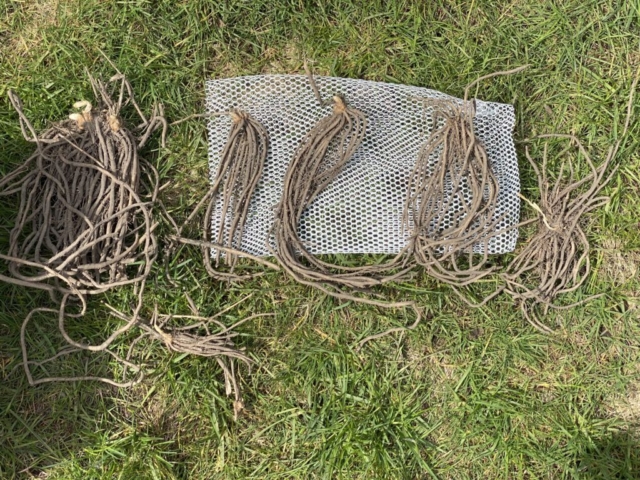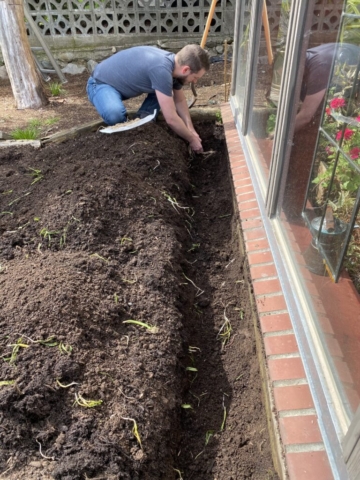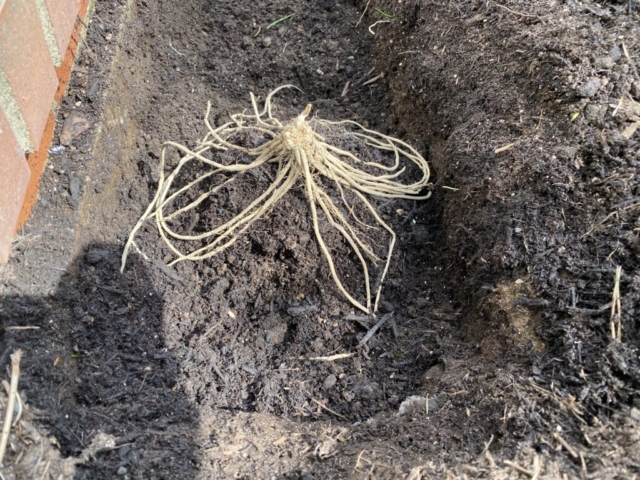Beds are ready for planting, so we went to the house to plant direct sow seeds as well as transplant the vegetables we started indoors with grow lights.
Exciting! It may be a bit early for some of the plants, but we’re rolling the dice. If not, we can try again as it’s still the beginning of the growing season.
Overhead Pics of the Garden
Freshly pruned and top soil of compost on the grow beds. Here we go!
Planting Areas
Cement Planter
Cement Planter Left
- Nutri-Red Carrot
- Rainbow Blend Carrot
- Capitano Beans
- Tricolour Bush Beans
Cement Planter Right
- Capitano Beans
- Tricolour Bush Beans
- Cocozelle zucchini
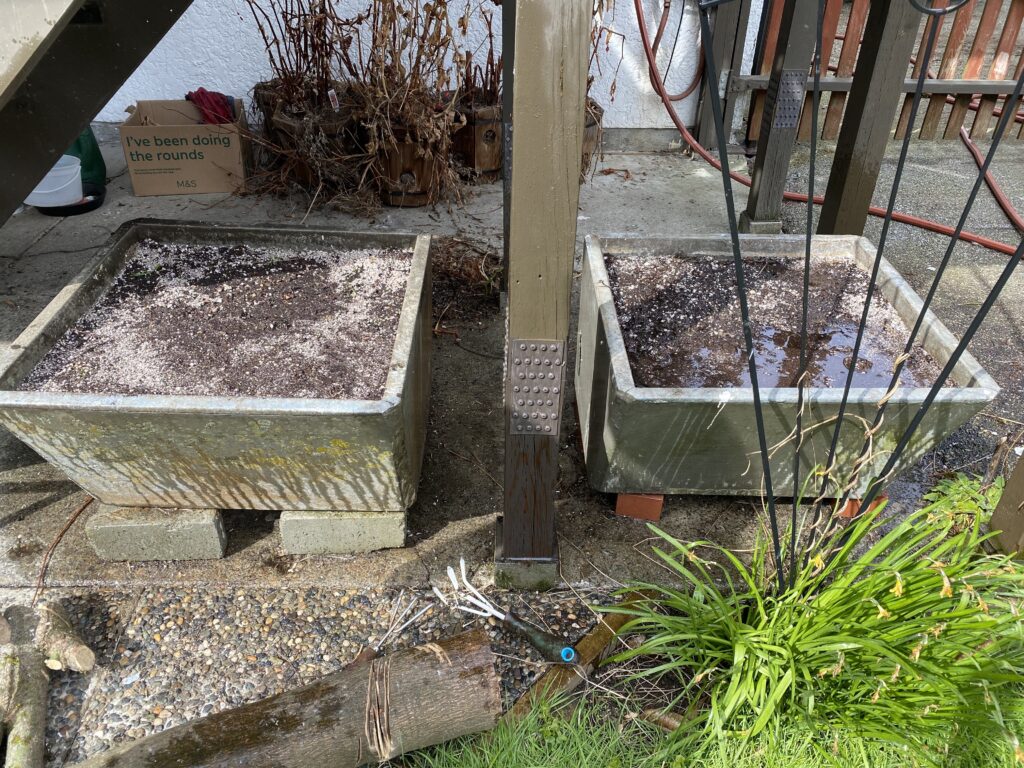
Front Yard
- Beet Blend
- Chioggia Beet
- Hybrid Broccoli Blend (transplanted)
- Green Magic Broccoli (transplanted)
- Amazing Cauliflower (transplanted)
- Fioretto Cauliflower (transplanted)
- Lettuce Blend
- Salad Bowl Lettuce
- Butterhead Lettuce
- Yukon Spinach
- Varna Organic Leek
- Zebrune Shallots
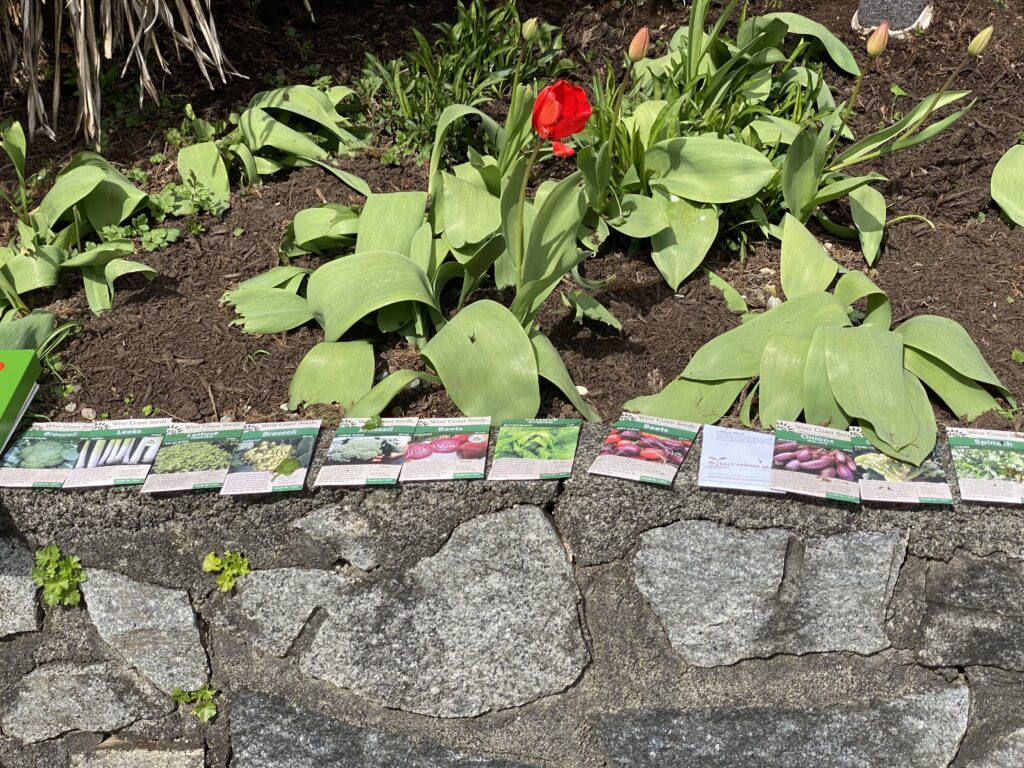
Veggie Patch
- Guelph Millennium Asparagus (crowns)
- Purple Millennium Asparagus (crowns)
- Snowy Eggplant
- Black Beauty Eggplant
- Wild Galapagos Tomato
- Blondkopfchen Tomato Seeds
- Black Krim
- Principe Borghese
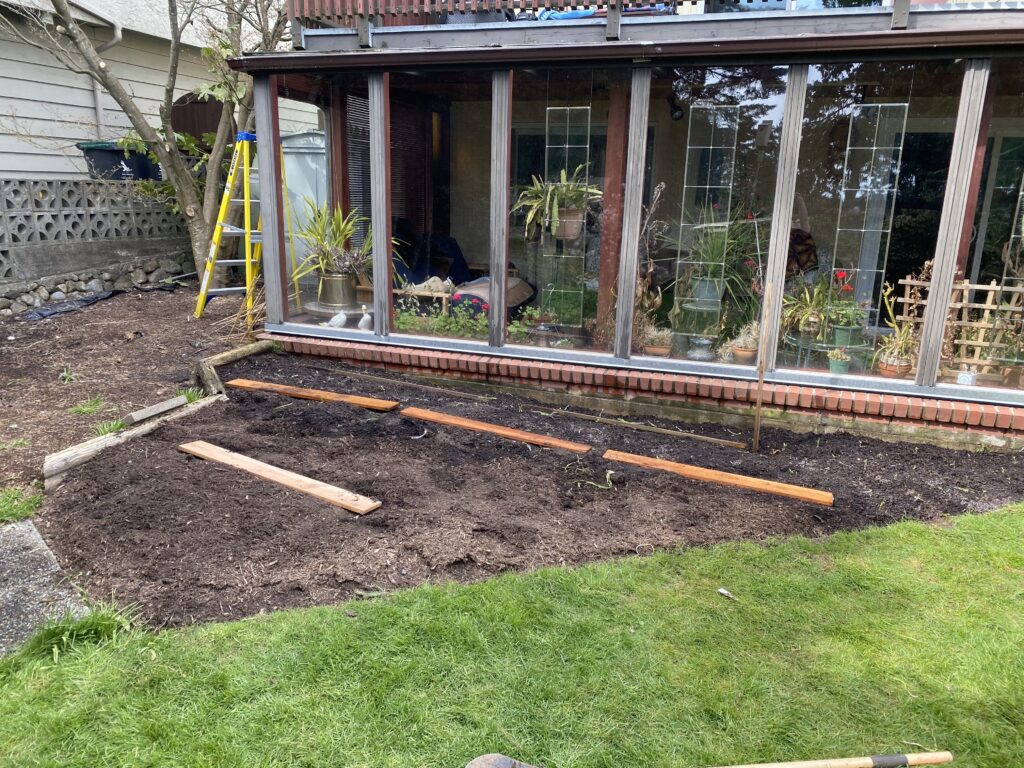
Annex
- Lebanese Cucumber
- Lemon Cucumber
- Suyo Long Cucumber
- Green Dragon Cucumber
- Super Sugar Snap Peas
- Snap Pea 141
- Cocozelle zucchini
- Winnifred’s Garbanzo
- Chiba Edamame
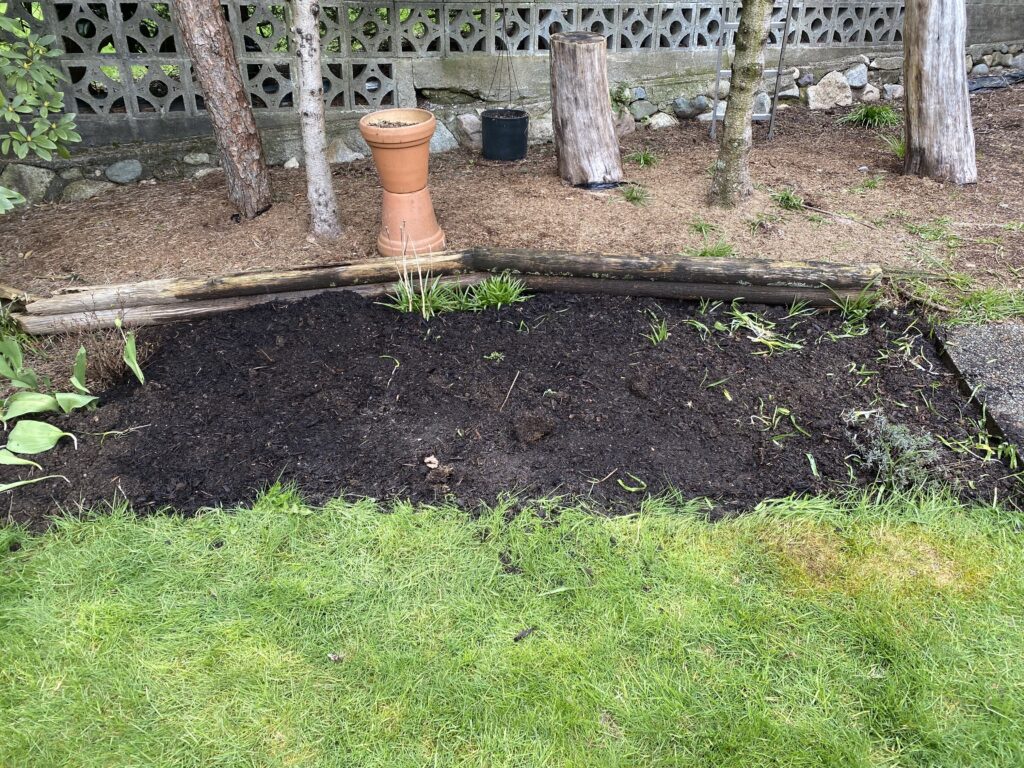
Random Spot Between Flowers
- Cocozelle zucchini
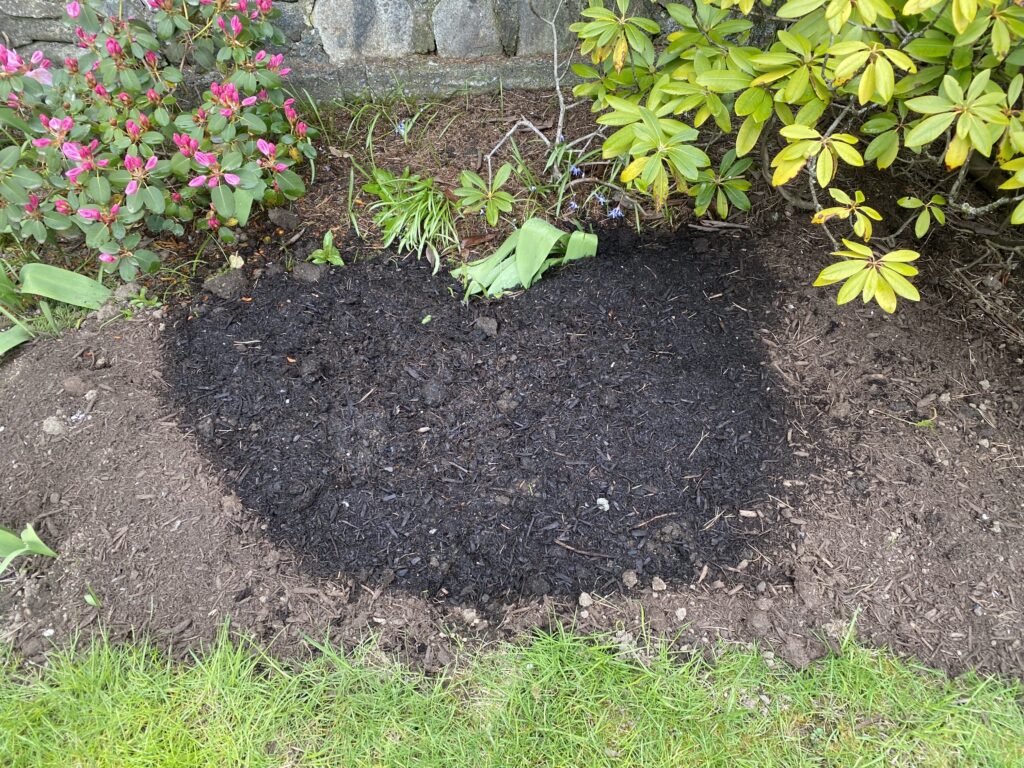
Asparagus
Won’t be able to harvest these this year, but this is a vegetable that is a lifer. These need to be established, so we won’t harvest this year (if they even produce asparagus stalks). We’re going to let it grow, photosynthesize and become strong. An established plant can produce for over 20 years! This was a “shortcut”, as we bought asparagus crowns (which is like the root system). If we did it from seed, we wouldn’t be harvesting until at least year 3.
Used the trench method and keeping them in the vegetable patch for its forever home.
